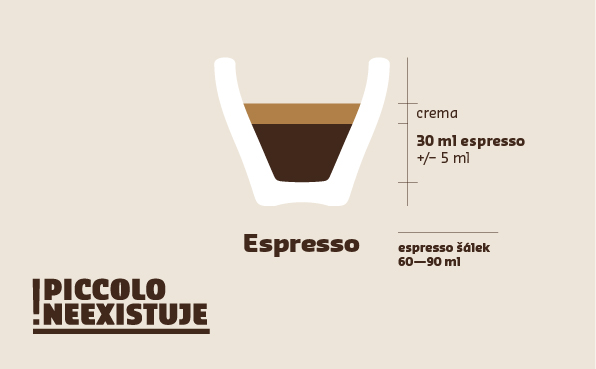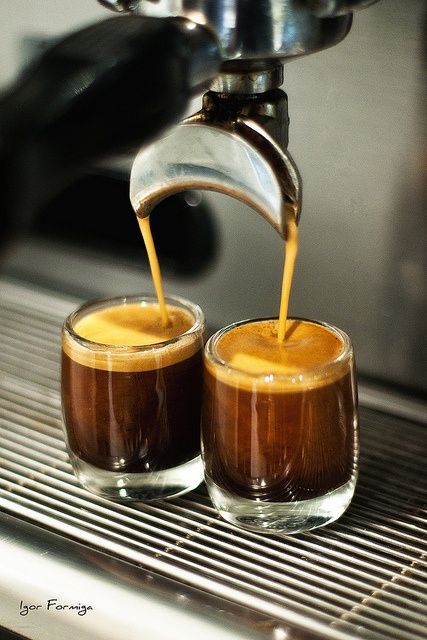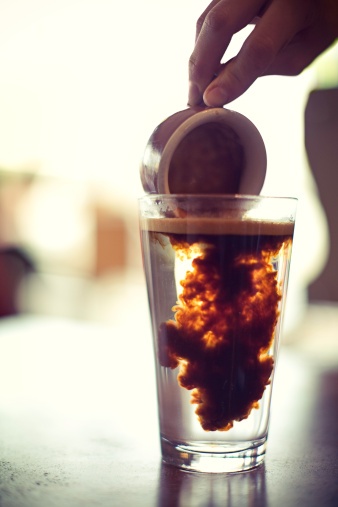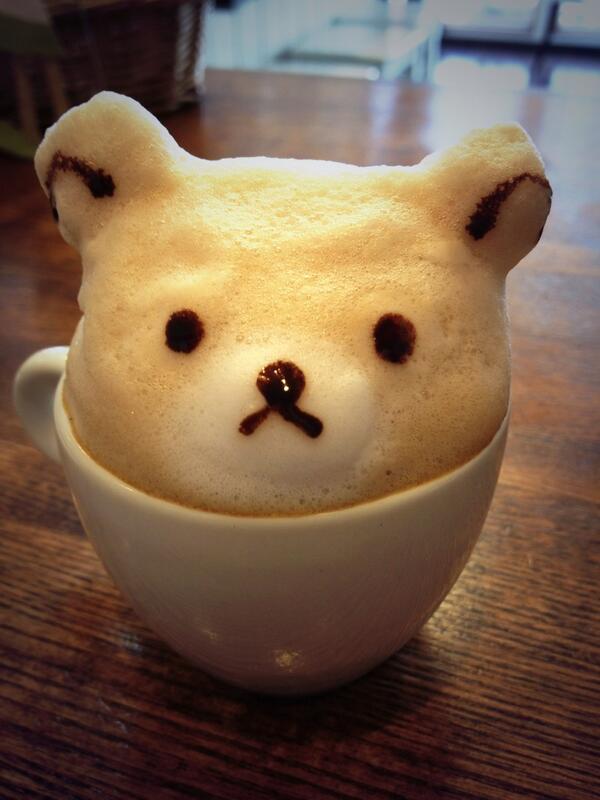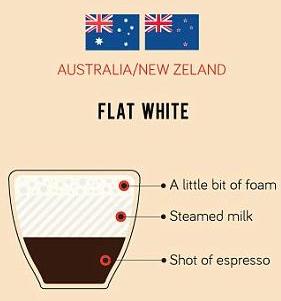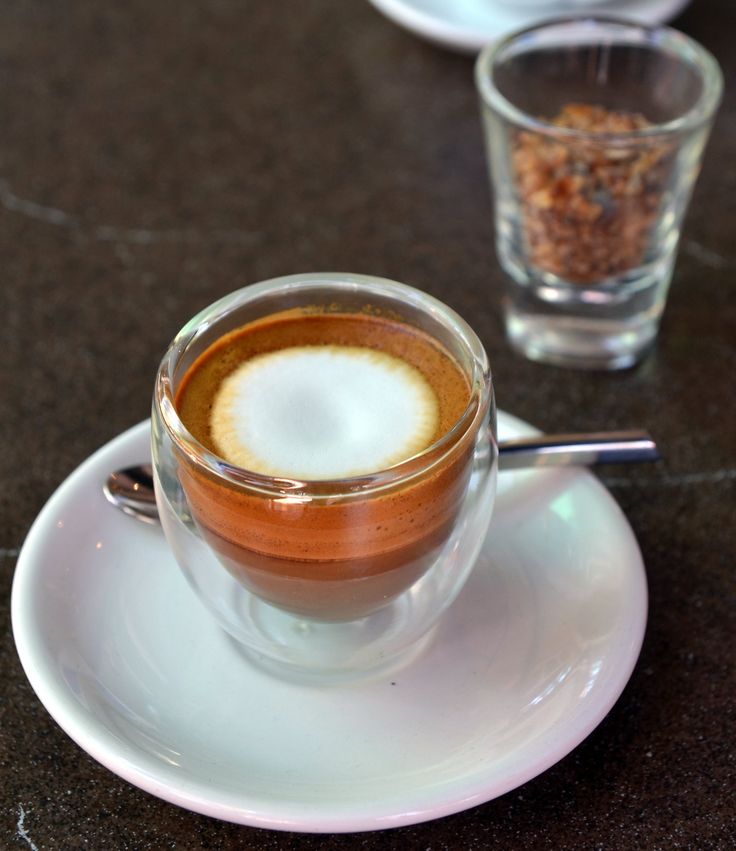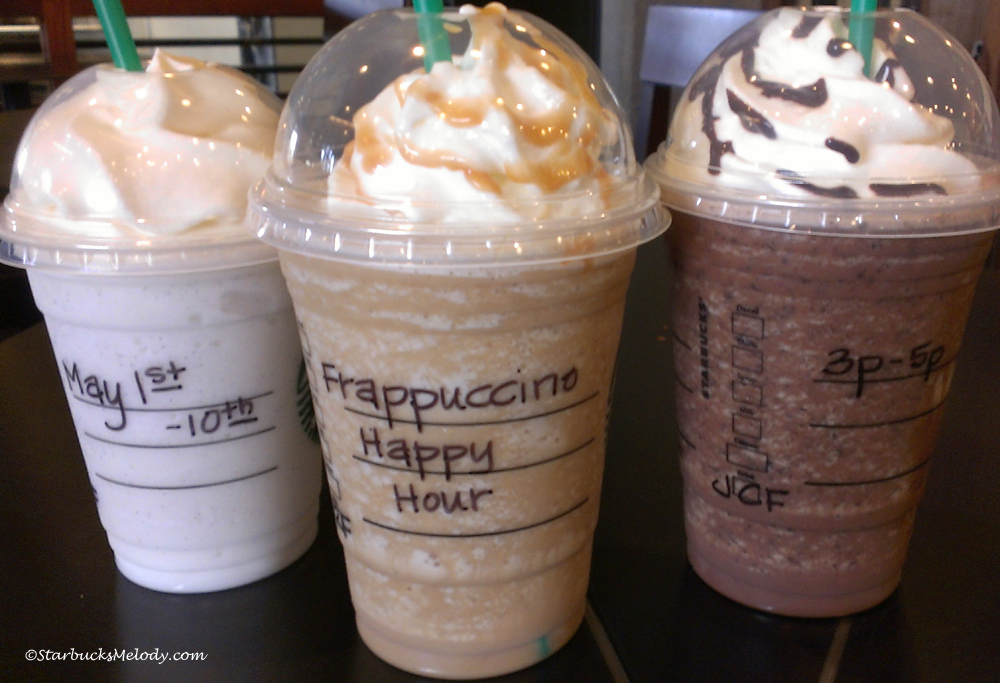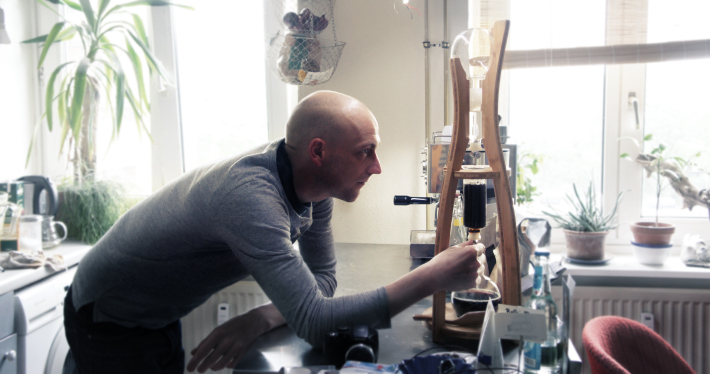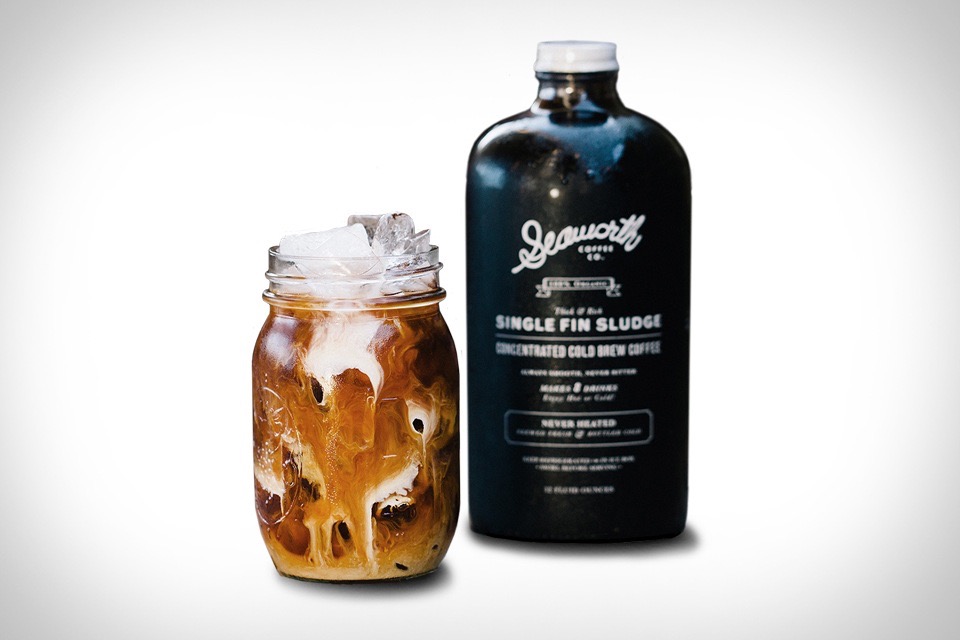What The Beans Am I Ordering? A Noob's Guide To Ordering Fancy Coffee Drinks
This week on SAYS Makan, we compiled a quick and easy beginner's guide to some basic coffee drinks for all you coffee noobs out there.
Let’s face it, most of us have walked into a café and gotten confused over the fancy coffee names on the menu board and even ordered a cup of… something without knowing what it really is!
There will be no more of that. Learn how to differentiate the different types of coffee once and for all:
1. Contrary to popular belief, Espresso is actually a brewing method!
How it's made: It's a brewing process in which highly-pressurised water is shot through ground coffee to produce a concentrated coffee flavour.
What affects the strength and flavour: The number of espresso shots, type of bean and the length of the shot pulled. The length can be ristretto (reduced), normale (standard), or lungo (long).
Who will like it: People who need a instant kick of caffeine or those in love with coffee flavours because it's literally pure, concentrated coffee.
#FunFact: It is used in ALL coffee shops because any coffee that comes from those big, fancy machines produce espresso and hence, the name espresso-based drinks was coined.
2. The first leg to espresso based-drinks is the Caffe Americano, which is basically espresso + hot water
How it's made: By pouring espresso first followed by water.
What affects the strength and flavour: The number of espresso shots, volume of water and type of bean used.
Who will like it: People who like strong, bold coffee flavours and people with no souls.
#FunFact: Ever wondered who coined the term 'Americano'?
3. Not to be confused with its sister drink (or in this case, brother), the Long Black is very similar to a caffe americano!
How it's made: By reversing the Americano, water first, and then espresso. Also, uses a double-shot or ristretto.
What affects the strength and flavour: Length of time pulling the espresso is longer and the volume of water is less.
Who will like it: People who like VERY strong, clean coffee flavours and people with no souls.
4. Enter the milk-based or white coffees, which are usually a combo of espresso + steam milk + foam. The difference between white coffees is the ratio of the latter two. For example, Cappuccinos contain equal amounts of foam and steamed milk.
How it's made: Espresso is poured into a cup, followed by a similar amount of hot milk, and then topped with foamy milk.
What affects the strength and flavour: It has a lower proportion of milk because of a thick layer of foam preventing a bloated feeling.
.
Who will like it: People who want a light cuppa. Seriously, you feel like you're drinking milky clouds.
5. Meanwhile, the Caffe Latte is made with more hot steamed milk as compared to the cappuccino
How it's made: By pouring steamed milk over a single or double shot of espresso, topped with about 1cm of foam.
What affects the strength and flavour: Has a higher milk to espresso ratio and a thin layer of foam.
Who will like it: People who like a creamy body and a milky coffee flavour.
#FunFact: Latte is just a shortened form of the Italian for "milk coffee".
6. The Flat White contains significantly less milk as compared to the caffe latte. It is usually topped with minimal amount of foam, if at all.
How it's made: By pouring steamed milk with a tiny dash of foam over a single or double shot of espresso.
What affects the strength and flavour: The higher proportion of espresso to milk and a thin layer of foam.
Who will like it: People who want both rich, creamy body and a strong coffee flavour, this is the perfect compromise for you.
.
#FunFact: The foam is commonly used to draw a fern which is the easiest way to identify it. Australia and New Zealand are headstrong in making sure everyone knows they were the ones who did it first!
7. Than there's this adorable little thing called Piccolo Latte, which is basically a baby-sized latte!
How it's made: By pouring a ristretto shot topped with warm, silky milk served in a small latte glass.
What affects the strength and flavour: It taste just like a double-shot latte with a shot of shrink ray.
Who will like it: People who like lattes and cafe hopping. The idea behind this is that you get to taste your fresh roasted coffee with milk, minus the bloated feeling. So more coffee, yay!
8. A Mocha can be described as a marriage between a handsome hot chocolate and lady caffe latte
How it's made: Like a caffè latte but with added chocolate.
What affects the strength and flavour: The choice of chocolate in syrup or cocoa powder, number of espresso shots and volume of milk.
Who will like it: Your friends/ girlfriends/ boyfriends who don't drink coffee but are giving it a shot because they love you. Oh, and anyone who likes chocolate and coffee.
9. Now for the ultra-fancy terms, but don't flip your table yet because they usually mean something simple. For instance, the word Macchiato actually means "stained" in Italian
How it's made: It's generally used to describe spotting on caffe or latte. E.g. caffe macchiato (espresso macchiato) is espresso spotted with milk. Latte macchiato works the other way round.
What affects the strength and flavour: The number of espresso shots.
Who will like it: People who fancy strong coffee flavours with a rich body.
10. Frappuccino is a term invented by coffee mogul Starbucks to describe their ice-blended drinks
How it's made: Basically chucking anything into an ice blender with ice. It doesn't even need to be coffee.
What affects the strength and flavour: How long you blend the ice along with the items you've added into the beverage mix.
Who will like it: Everybody, because everybody likes to be cool.
11. A brewing technique making a buzz among coffee connoisseurs now is Drip Coffee, also known as filtered coffee
How it's made: It uses an apparatus. Those commonly used in Malaysia are the V60, Aeropress, Siphon and Clever dripper. The difference is that it allows for extraction of the best coffee from a bean.
What affects the strength and flavour: Type of beans, dripping speed, temperature of water and etc. produces different flavours. This method relies heavily on the expertise of the barista.
Who will like it: Coffee connoisseurs. It really boils down to individual taste.
12. Cold Brew Coffee serves as the perfect thirst-quencher in the blazing Malaysian heat
How it's made: There are two ways, cold drip is when water drips slowly through ground coffee. Cold brew is when the ground coffee is immersed in water for the entire brewing time.
What affects the strength and flavour: Temperature of water.
Who will like it: Anyone who likes sweet coffee as this method preserves its natural lower acidity.

